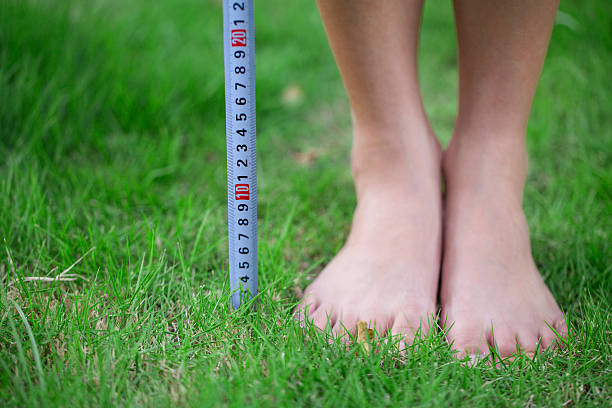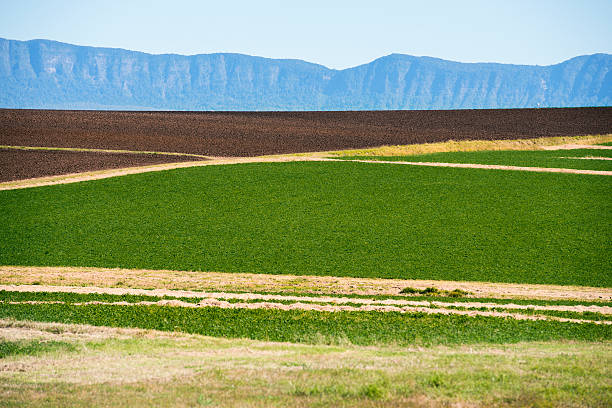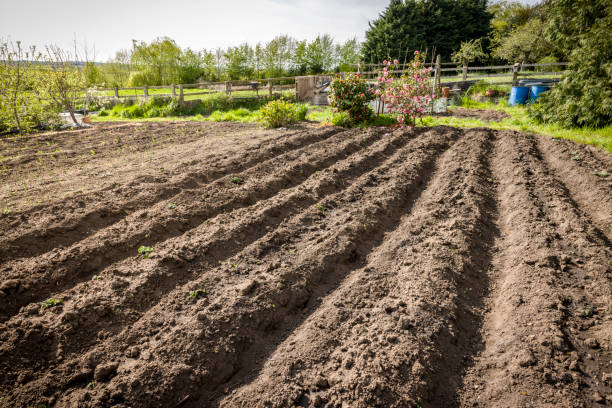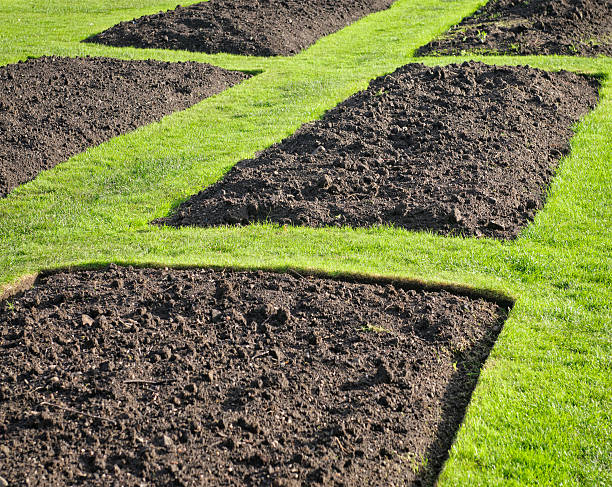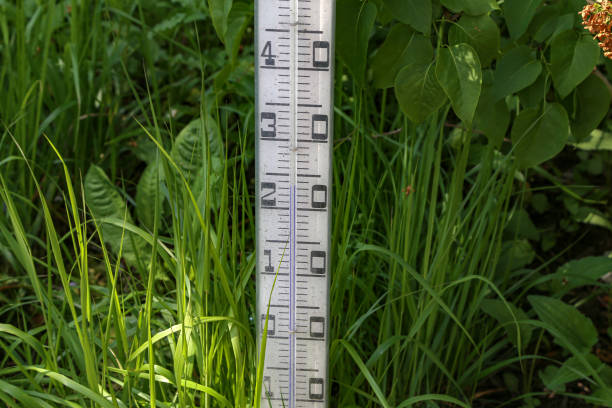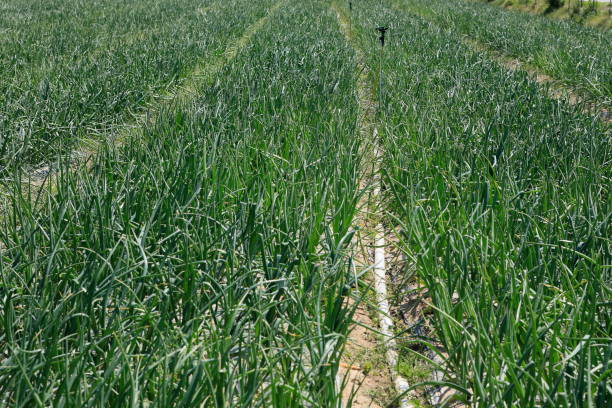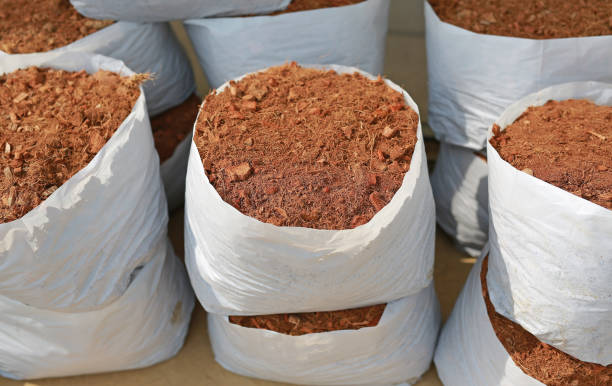How Far is 100 Yards?
This post contains affiliate links. This means I will make a commission at no extra cost to you should you click through and make a purchase. Read the full disclosure here.
The concept of measurement is deeply ingrained in our daily lives. Whether it’s for sports, construction, or simply understanding distances, accurate measurements play a crucial role. One commonly used unit of measurement is the yard. In this article, we will explore the distance of 100 yards and its significance in various contexts.
Introduction
The yard is a unit of length primarily used in the United States and a few other countries. It is equal to three feet or 36 inches. Understanding the distance covered by 100 yards can provide valuable insights into different areas, including sports, construction, and recreational activities. Let’s delve deeper into this measurement and its practical implications.
Understanding the Concept of Yards
Before we explore the distance of 100 yards, let’s first establish a clear understanding of what a yard represents. A yard is a unit of measurement used to quantify length or distance. It is typically denoted by the symbol “yd” and is commonly used in everyday scenarios like measuring fabric, determining property boundaries, or estimating distances.
The Distance Covered by 100 Yards
Sports and Athletics
In the realm of sports and athletics, 100 yards holds significant importance. It is often used as a standard distance for various competitions and events. For instance, in American football, the field is 100 yards long, and teams strive to move the ball across this distance to score touchdowns. Similarly, in track and field, races like the 100-yard dash test athletes’ speed and agility.
Everyday Comparisons
To better comprehend the distance of 100 yards, it can be helpful to make some everyday comparisons. Picture a standard city block, typically around 100 yards long. Visualizing this familiar distance can give you a sense of the space covered by 100 yards. Additionally, consider that the average Olympic swimming pool measures about 50 meters in length, which is roughly equivalent to 54.68 yards. Thus, 100 yards would be roughly twice the length of an Olympic swimming pool.
100 Yards in Different Contexts
Football Field
As mentioned earlier, a football field spans 100 yards in length, excluding the end zones. This standardized distance allows players to strategize and execute their plays effectively. Understanding the length of the field is essential for football enthusiasts, players, and coaches alike.
Swimming Pool
In the context of swimming, a standard Olympic-sized pool is 50 meters long. Consequently, a pool that measures 100 yards would be twice the length of an Olympic pool. This information can be useful for swimmers, trainers, and those interested in tracking their swimming progress.
Running Track
Another area where the distance of 100 yards holds significance is on a running track. Typically, a standard running track is 400 meters in length. By calculating, we can determine that 100 yards constitutes one-fourth the length of a running track. This knowledge can be valuable for athletes, trainers, and spectators who want to gauge distances during track events.
Converting Yards to Other Units of Measurement
Feet and Inches
As mentioned earlier, one yard is equivalent to three feet or 36 inches. Therefore, 100 yards can be converted to 300 feet or 3,600 inches. This conversion is essential when working with measurements or estimating distances in different units.
Meters
While the yard is primarily used in the United States, many countries utilize the metric system, which employs meters as the unit of measurement. To convert yards to meters, we can use the conversion factor of 1 yard equals 0.9144 meters. Hence, 100 yards is approximately 91.44 meters.
Historical Significance of the Yard
The yard has a rich historical background, dating back to medieval times. It was originally based on the distance from King Henry I’s nose to the end of his outstretched arm. Over the centuries, the precise definition has evolved, and today, it is standardized as three feet or 36 inches. Although many countries have adopted the metric system, the yard is still utilized in some regions for specific purposes.
Practical Applications of Knowing the Distance of 100 Yards
Understanding the distance of 100 yards has practical implications in various fields. Let’s explore a few scenarios where this knowledge can be valuable:
Sports Training
Athletes, coaches, and trainers rely on accurate measurements to improve performance. Knowing the distance of 100 yards allows for precise training plans, especially in sports like football, track and field, and swimming. Athletes can monitor their progress, set goals, and enhance their skills by understanding the specific distances they need to cover.
Construction and Landscaping
In construction and landscaping, accurate measurements are crucial for planning and executing projects. The knowledge of 100 yards helps architects, engineers, and contractors estimate distances, allocate materials, and ensure efficient use of resources. It also aids in determining property boundaries and complying with local regulations.
Recreational Activities
Whether you enjoy outdoor games, picnics, or other recreational activities, knowing the distance of 100 yards can enhance your experience. It allows you to estimate distances accurately for setting up sports fields, measuring walking or running routes, or even organizing outdoor events. This knowledge empowers you to make informed decisions and create enjoyable environments for yourself and others.
Frequently Asked Questions
How long does it take to run 100 yards?
The time it takes to run 100 yards varies depending on an individual’s speed and fitness level. Professional athletes can cover this distance in under 10 seconds, while recreational runners may take around 15-20 seconds.
Is 100 yards the same as 100 meters?
No, 100 yards is not exactly the same as 100 meters. 100 meters is approximately 109.36 yards. The conversion between yards and meters involves a slight difference due to the different measuring systems.
How far is 100 yards in feet?
100 yards is equal to 300 feet. Since one yard is equivalent to three feet, multiplying 100 by 3 gives us 300.
Can you give examples of other measurements in yards?
Certainly! Some examples of other measurements in yards include the length of a soccer field (typically around 100-120 yards), the height of a football goalpost (usually 10 yards), and the width of a tennis court (27 feet or 9 yards).
Why is the yard still used in some countries?
While many countries have transitioned to the metric system, the yard is still utilized in some regions, particularly the United States and the United Kingdom. It has historical and cultural significance in these countries, and certain industries, like construction and sports, continue to rely on the yard as a familiar unit of measurement.
Conclusion
In conclusion, understanding the distance of 100 yards provides valuable insights into various aspects of life, including sports, construction, and recreational activities. It serves as a standard measurement in American football, track, and field, and other competitive events. Additionally, knowing how to convert yards to other units of measurement facilitates accurate calculations and estimations. By grasping the significance of 100 yards, we can better appreciate distances and make informed decisions in diverse situations.


